Unearth the beauty of science with John Emslie’s Illustrations of Natural Philosophy as free downloadable vintage science posters. Perfect for enthusiasts of decorative vintage art, classroom settings, or anyone keen to explore the crossover of science and art through vintage illustrations.
As a confessed science nerd who spent my childhood buried in pictorial encyclopaedias and studied Life Sciences at university, I love a beautifully illustrated chart. So, I was so excited when I came across this collection of vintage science posters. I just had to add them to the Pictureboxblue collection.
Why Vintage Science Posters?
There’s something inherently magical about vintage illustrations of science. They’re not just educational; they’re a doorway into the past. They show us how our ancestors made sense of the world around them. These vintage science posters and charts embody the curiosity and wonder of the physical sciences, beautifully complementing our existing collection of Adolphe Millot natural history posters and geography posters.
These posters aren’t just for science classrooms; they are perfect as vintage-style illustration wall art. Imagine decking your halls with decorative vintage art that sparks curiosity and conversation. It’s educational decor with a hefty dose of vintage charm and elegance.
Emslie’s “Illustrations of Natural Philosophy”
John Emslie designed a series of educational diagrams and charts that explained many of the concepts and phenomena related to natural philosophy. This was an old term for physics and the natural sciences.
He was a British draughtsman and engraver who lived from 1813 to 1875. He produced many scientific and educational illustrations, charts, and maps during his lifetime. John’s beautiful, detailed, coloured illustrations covered various topics, from astronomy to geology and physics.
His diagrams were designed to simplify complex scientific concepts for the general public during the Industrial Revolution and were invaluable resources for education in Victorian Britain. The “Illustrations of Natural Philosophy” reflected the era’s enthusiasm for discovery and the dissemination of knowledge.
Today, Emslie’s scientific posters are revered for their historical, educational, and artistic significance. They provide a fascinating glimpse into how scientific knowledge was presented and consumed in the 19th century.
Downloading The Vintage Science Posters
Are you excited yet? You should be. These vintage science posters are all in the Public Domain, so you can use them however you wish. You can gift them to a fellow science lover, use them to inspire the next generation of scientists, or just use them as wall art to add a touch of vintage elegance and educational value to your walls.
Click on the title above the poster you want to download, and a higher-resolution image will appear in a new window. You can then either print or save this image.
Properties of Bodies. Popular Diagrams. No. 25
The “Properties of Bodies” delves into the physical properties and characteristics defining matter, such as density, elasticity, porosity, etc. It showcases how these properties influence the behaviour of bodies under different conditions. These illustrations would have been designed not only for use in academic settings but also for the general public’s enlightenment, making science accessible to a broader audience.
In the poster, Emslie identified the essential properties of bodies: Extension, Impenetrability, Divisibility, Porosity, Inertia, Cohesion, and Gravity.
Properties of Bodies. Popular Diagrams. No. 25
Mechanical Powers No. 26
Emslie describes mechanics as the department of science of motion and moving powers. He identifies six mechanical powers, Lever, the Wheel and Axle, the Pulley, the Inclined Plane, the Wedge, and the Screw.
Motion And Machinery N0. 27
The focus on motion and machinery mainly tells of the Victorian era’s fascination with industrialization and mechanical innovation. This was a time when the mechanisms of the world, from the most straightforward tools to the most complex machinery, were being studied and understood in ways that would lay the groundwork for modern engineering and physics.
John Emslie’s work in this diagram includes detailed illustrations of various mechanical devices and principles of motion that were pivotal to the scientific and industrial advancements of the period.
These range from simple machines, like levers and pulleys, to more complex inventions that drove the Industrial Revolution forward. Emslie provided an invaluable educational tool by breaking down these mechanisms into understandable visuals.
Hydrostatics No. 28
Emslie describes this vintage science poster as follows: “This department of science treats of the pressure and equilibrium of liquids, the most remarkable property of which is equality of pressure.”
Hydraulics No. 29
This specific poster focuses on the principles and applications of hydraulics, an area of science and engineering concerned with the mechanical properties of liquids.
At the time of its publication, hydraulics was a crucial area of study for scientific inquiry and its practical applications in civil engineering, mining, and the burgeoning industrial processes of the Victorian era. The study of hydraulics involves understanding how water and other liquids behave under various flow and pressure conditions, which is essential for designing anything from simple pumps to complex hydraulic systems used in machinery and infrastructure.
Pneumatics Popular Diagrams. No. 30
“This branch of philosophy treats the nature and properties of the atmosphere, and their effects upon solid and fluid bodies.”
As well as the usual scientific instruments this scientific poster includes a volcano and hot air balloon.
Acoustics No. 31
Illustration of Natural Phillosophy of Acoustics. Acoustics is the science of sound and hearing.
Optics No. 32
Optics is the science of light and vision.
“All visible bodies may be dived into two classes, self-luminous, and non-luminous.”
Electricity No. 33
Emslie describes electricity as: “Electricity is the operation of a subtile fluid, generally invisible, which appears to be diffused through most bodies.”
Magnetism No. 34
“The theory of magnetism bears a very strong resemblance to that of electricity. Like it, magnetism has its attractions and repulsions, and it can be excited in one body and transferred to another; with however, this striking peculiarity, that carbonized iron or steel, is nearly the only substance capable of exhibiting any strong indication of its presence.”
Chemistry No. 35
“The material world immediately within our observation is found to consist of fifty-five simple or elementary substances, which, having hitherto resisted all endeavours to divide them into any others, are termed the elements of matter.”
Conclusion and Other Related Posts
It’s clear that these vintage science posters are more than just decorative pieces; they are windows into the past, blending the beauty of art with the intrigue of scientific discovery. Perfect for educators, enthusiasts, or anyone looking to infuse their space with a touch of historical elegance.
Here you’ll find the astronomy posters of John Emslie from the same collection.
You’ll find a couple more of John Emslie’s amazing posters in this collection of vintage Mountain charts.
Don’t forget to check out all the other vintage educational posters on Pillarboxblue.
You might also like these Emile Deyrolle classroom posters, these vintage astronomy posters and these vintage nature posters.
For more scientific type vintage art work check out the collection of old Patents on the site, this also includes a post on how to search for a patent and make wall art.
If you fancy, you can Buy Me A Coffee Here.

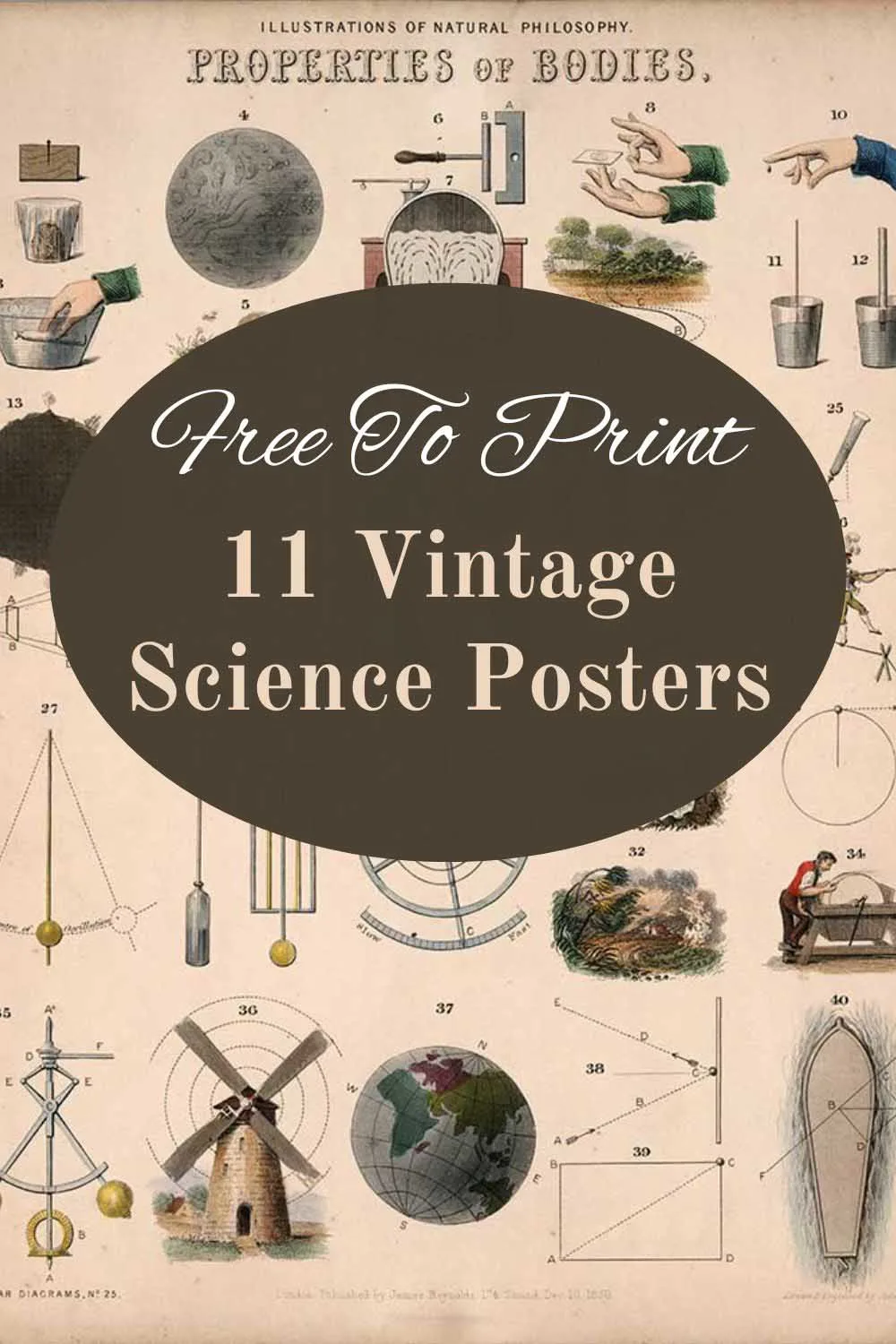
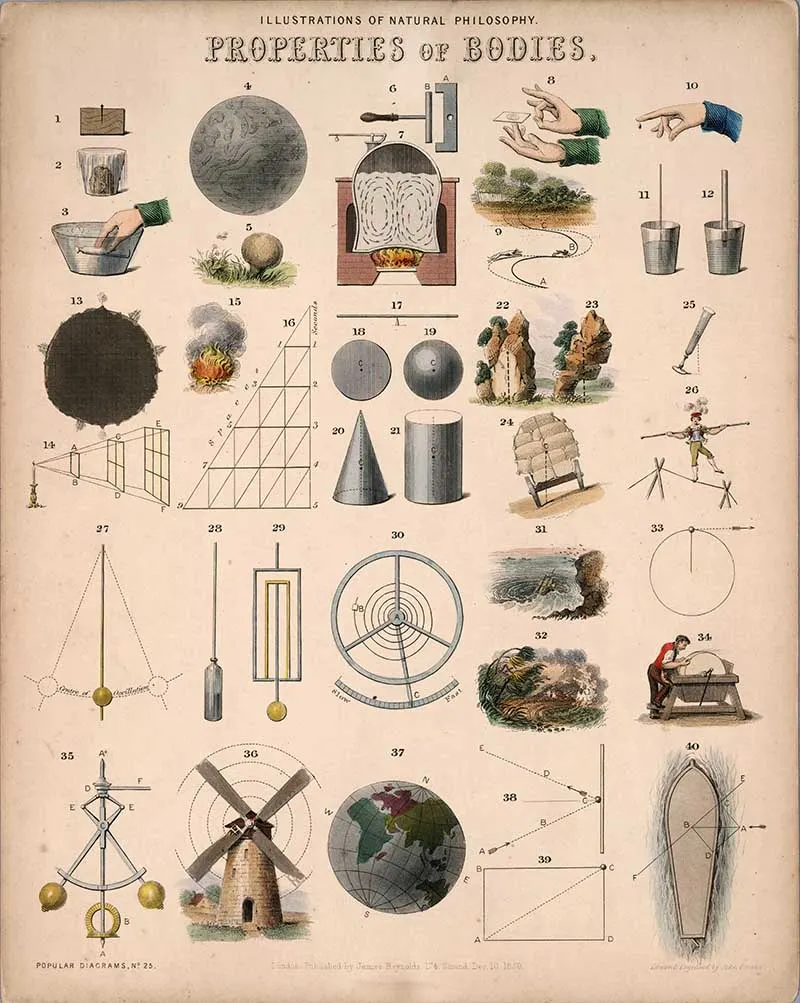
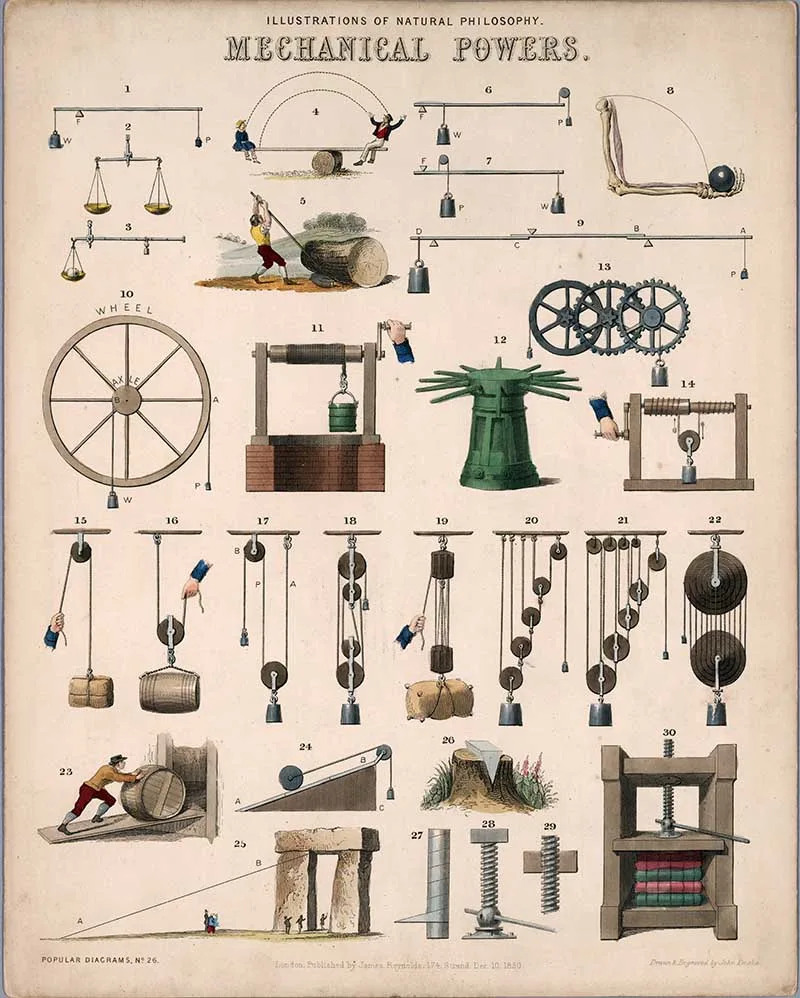
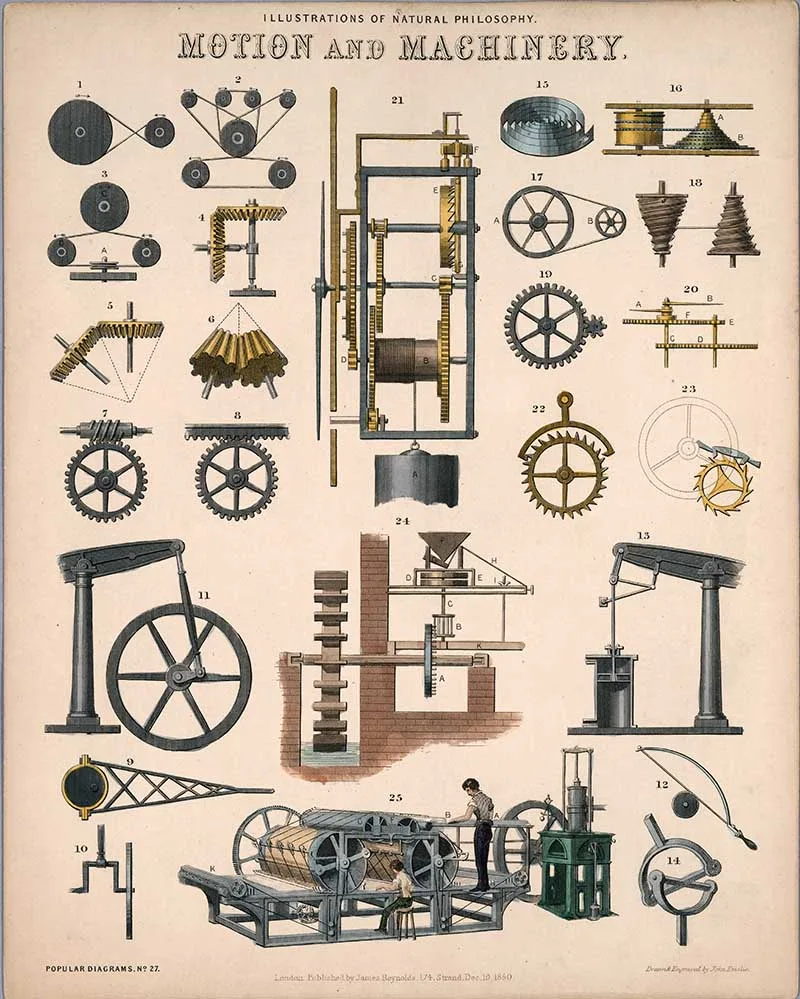
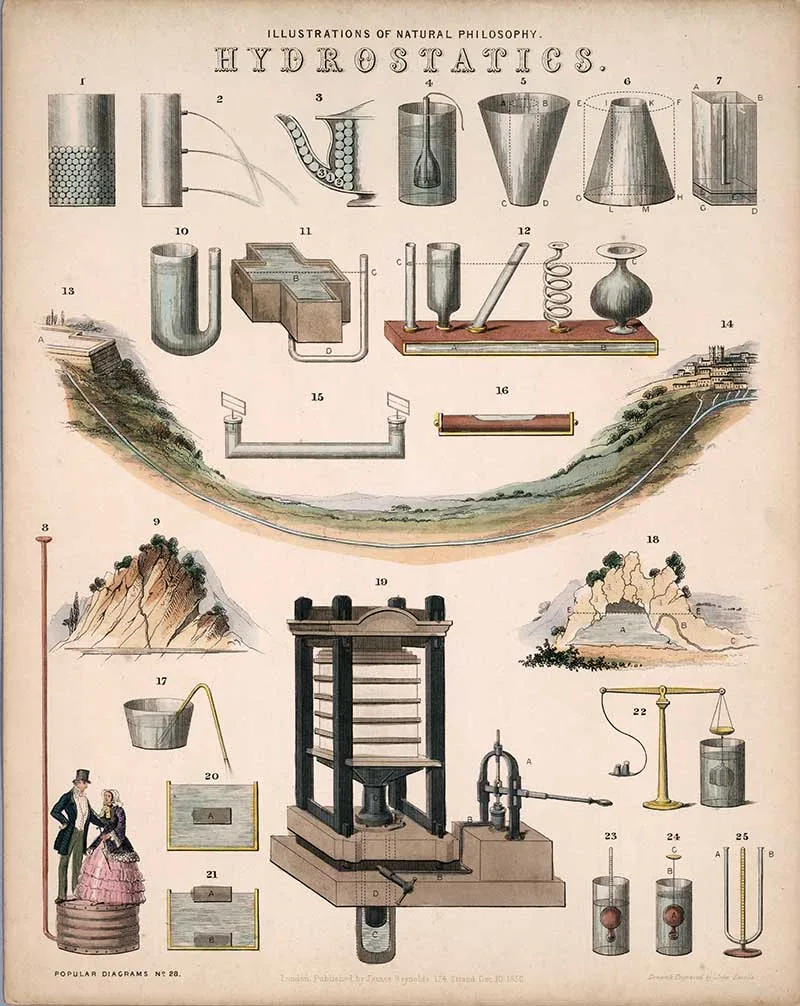
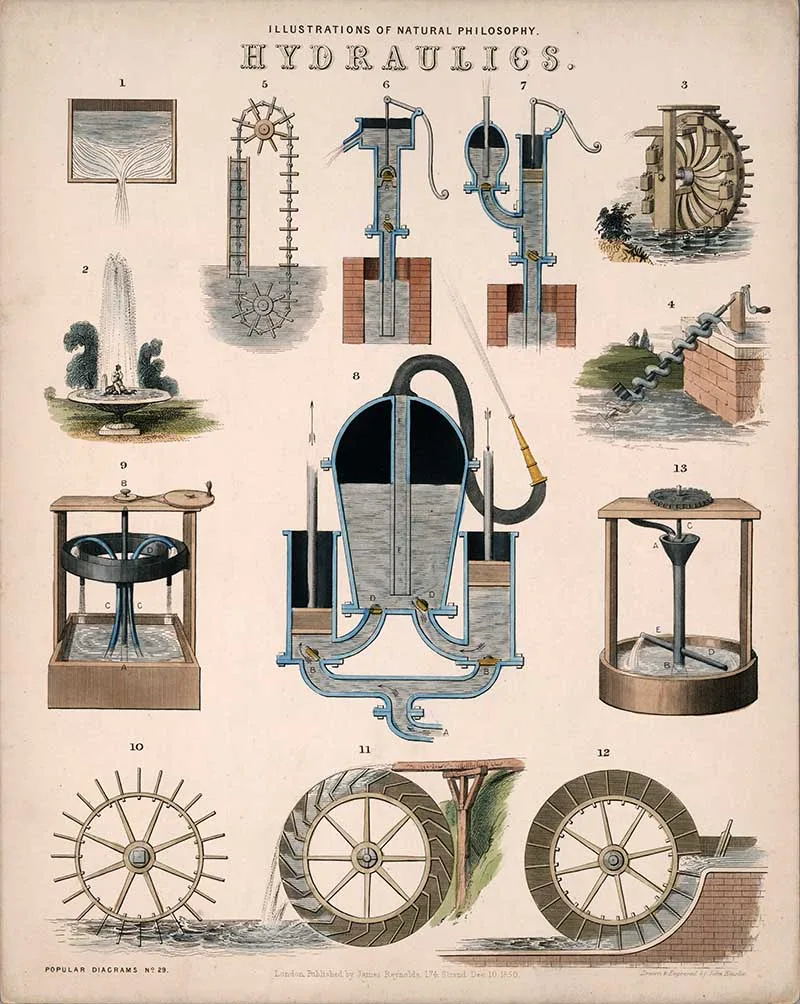
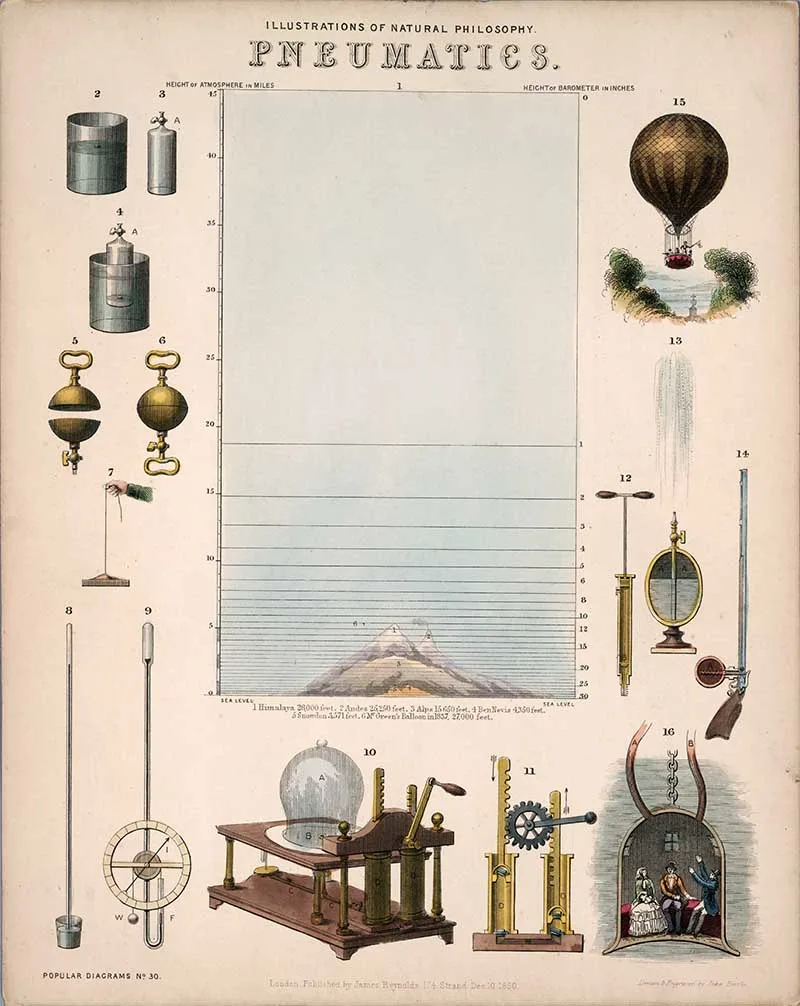
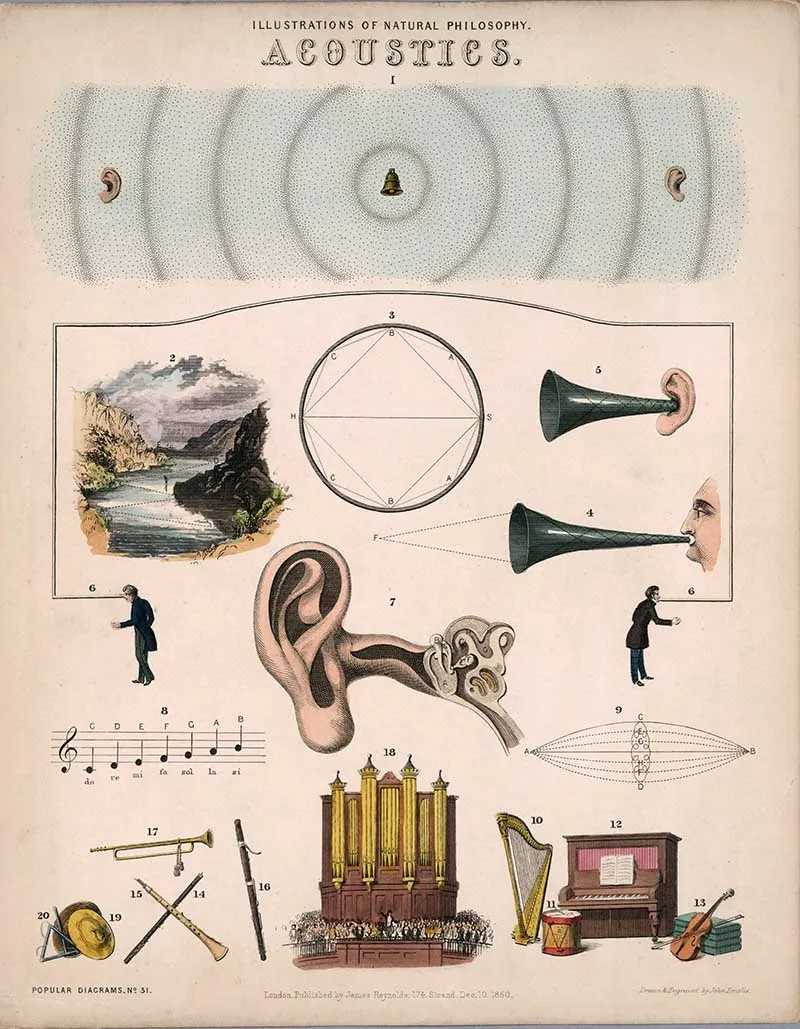
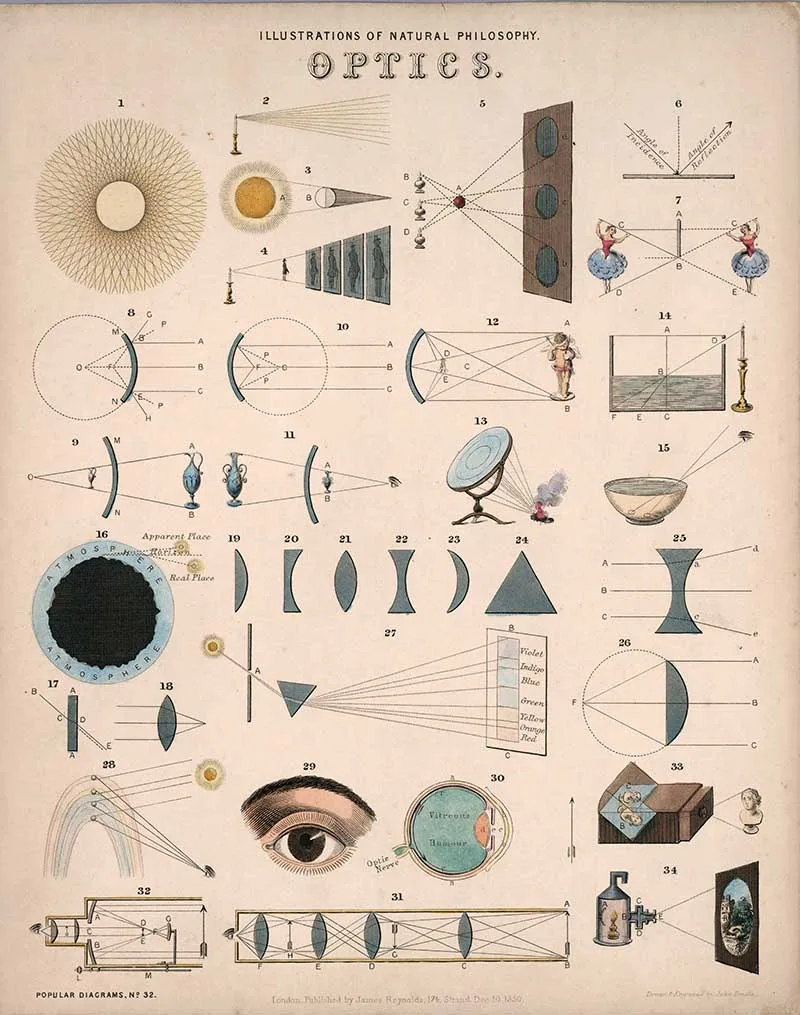
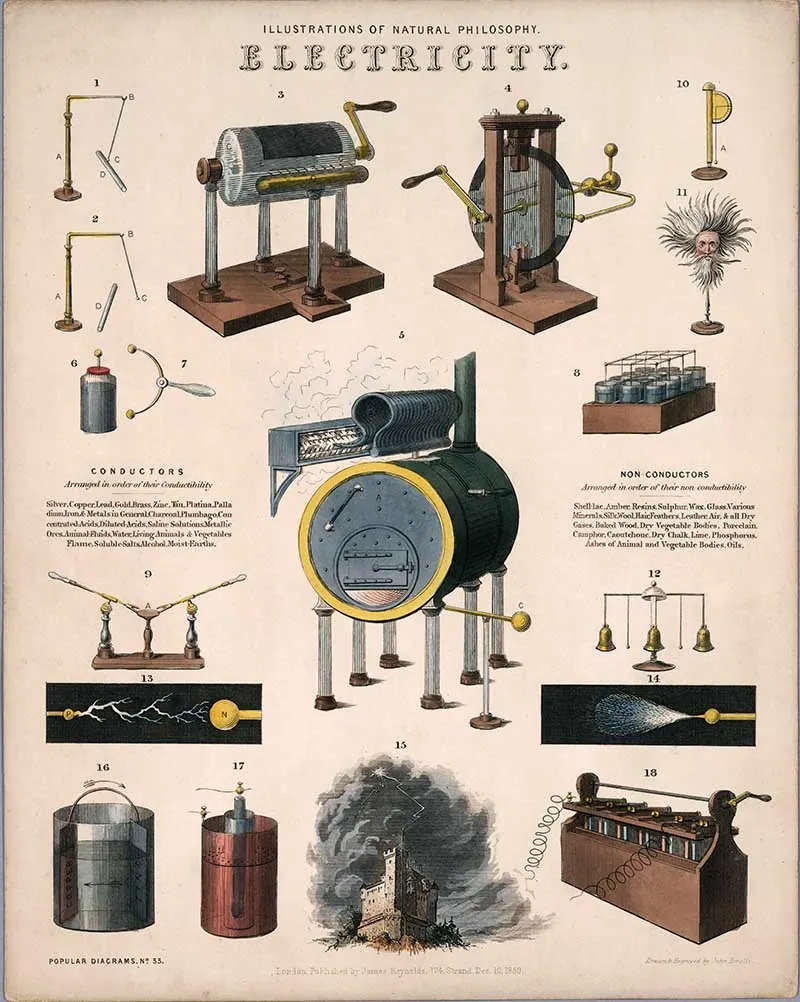
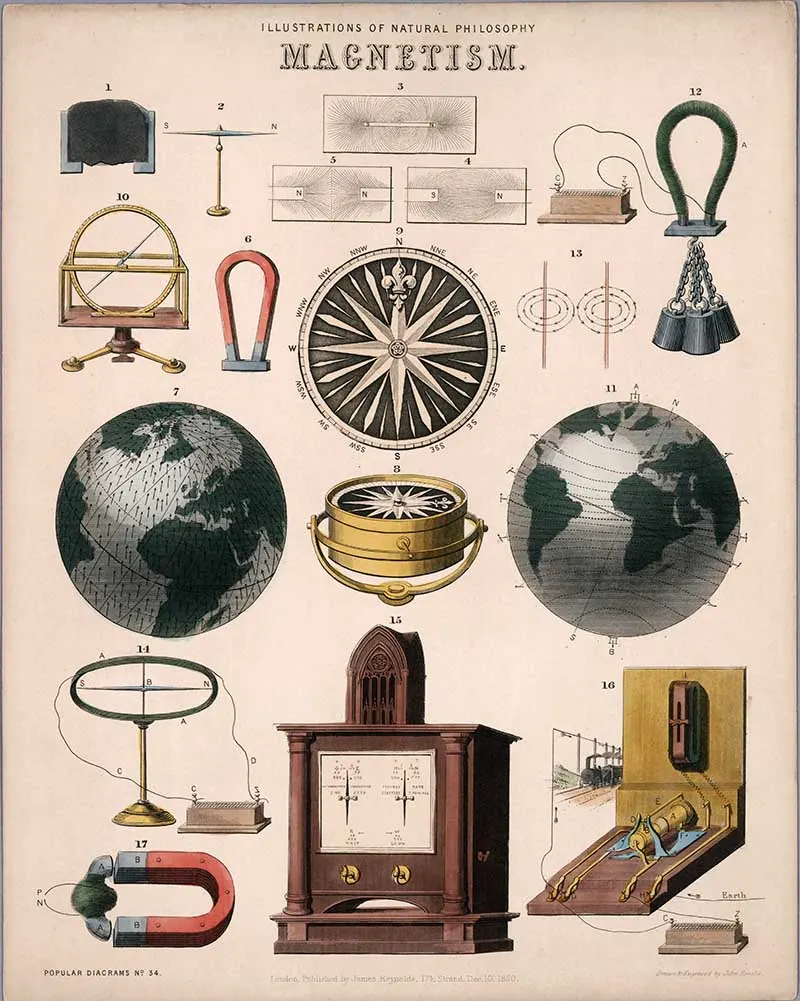
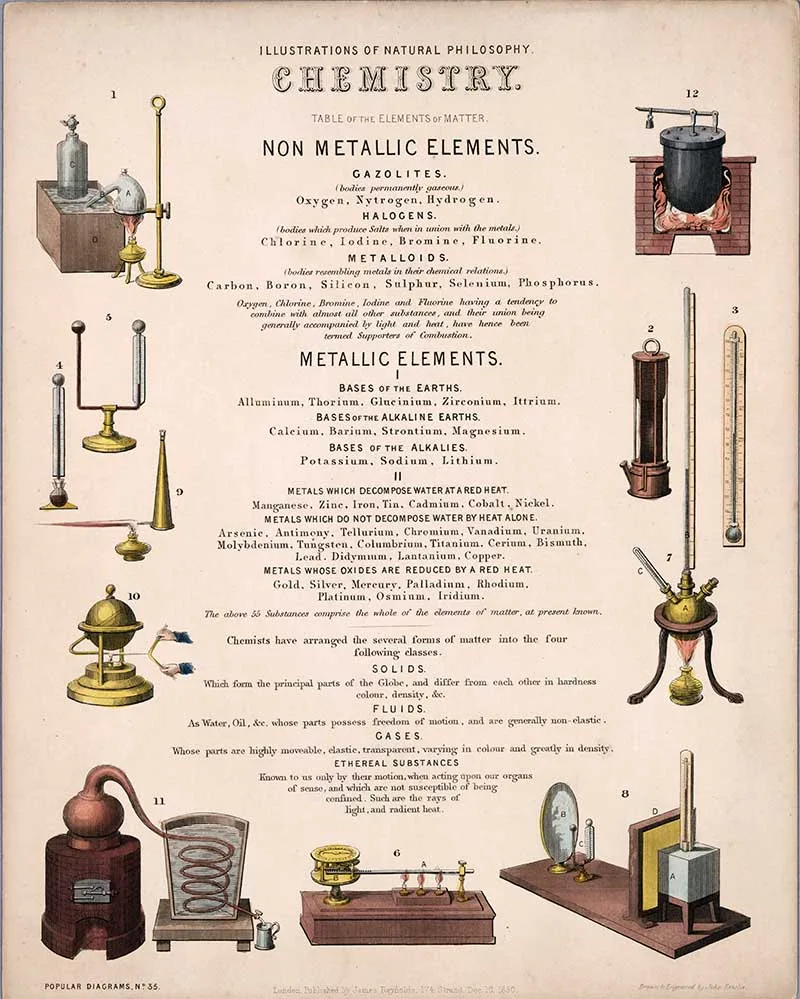
Tasha Loader
Friday 5th of April 2024
These are great and would look amazing framed in my sons bedroom especially as he is studying all the sciences.
Tasha Loader
Thursday 11th of April 2024
@claire, just incase I will tell him not to use them for revision 🤣
claire
Friday 5th of April 2024
They are an amazing collection. I'm assuming that most of the physics is still relevant today!